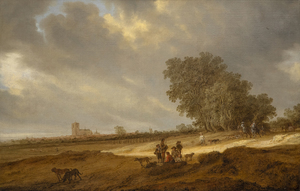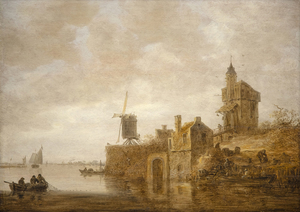Jackson Hole
Situada en la belleza salvaje de Jackson Hole, Wyoming, con los Parques Nacionales como un impresionante telón de fondo, Heather James Jackson ha traído el más alto calibre de obras de arte y servicios a la Intermontaña Oeste durante más de una década.
Atendiendo a la comunidad única que hace de Jackson Hole un destino incomparable para la cultura estadounidense y al aire libre, Heather James se esfuerza por ofrecer una selección inigualable de obras de arte y servicios de guante blanco para los lugareños y visitantes por igual.
172 Center Street, Suite 101
P.O. Box 3580
Jackson Hole, WY 83001
(307) 200-6090
Horario: Sólo con cita previa
Exposiciones
OBRA DE ARTE A LA VISTA
VICEPRESIDENTE PRIMERO

ANDREA RICO DAHLIN
Director Senior
Jackson Hole, Wyoming
Con más de 20 años en el sector, Andrea es licenciada en Historia del Arte con especialización en Bellas Artes por la Universidad de Binghamton (Nueva York ) y posee un máster en Arte Moderno, Connoisseurship e Historia del Mercado del Arte por Christie's Education (Nueva York). Aporta su experiencia tanto en museos como en casas de subastas, habiendo trabajado en el Museo de Arte Nelson-Atkins de Kansas City y en Christie's de Nueva York.
Desde que se unió a Heather James Fine Art en 2015, Andrea ha asegurado consignaciones y ha ayudado a construir notables colecciones privadas y de museos con importantes artistas, que incluyen a Claude Monet, Alfred Sisley, Henri Matisse, Edgar Degas, Norman Rockwell, Andrew Wyeth, Elaine de Kooning, Andy Warhol y Tom Wesselmann.
EN LAS NOTICIAS
SERVICIOS
Heather James Fine Art ofrece una amplia gama de servicios basados en el cliente que se adaptan a sus necesidades específicas de coleccionismo de arte. Nuestro equipo de operaciones está formado por gestores profesionales de arte, un departamento de registro completo y un equipo logístico con amplia experiencia en el transporte, instalación y gestión de colecciones de arte. Con servicio de guante blanco y atención personalizada, nuestro equipo hace todo lo posible para garantizar servicios artísticos excepcionales para nuestros clientes.

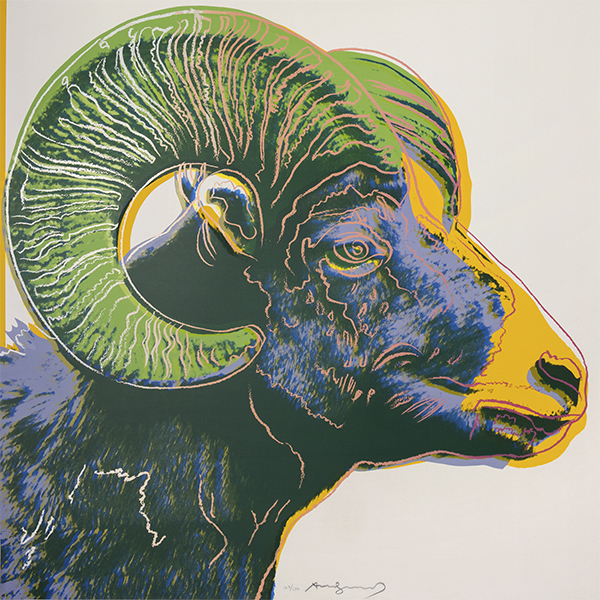
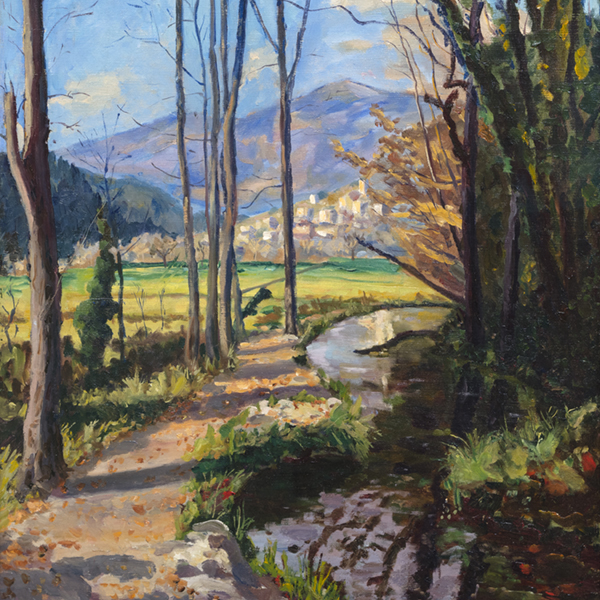
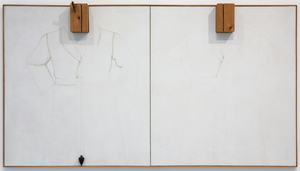
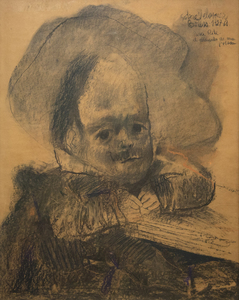
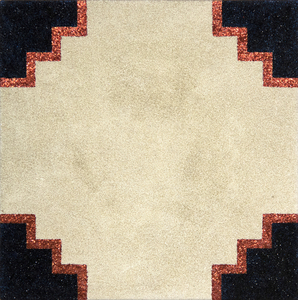
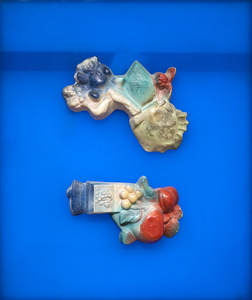
_tn43914.jpg )
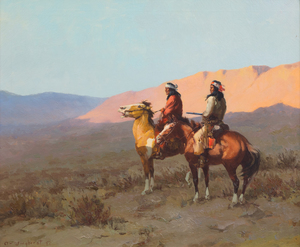
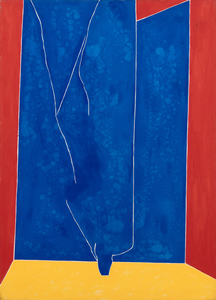
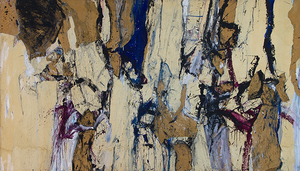

_tn37191.jpg )
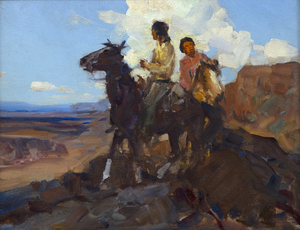
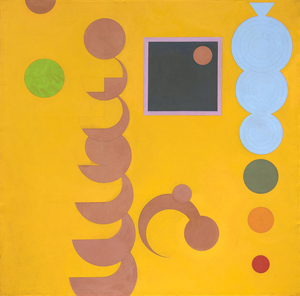
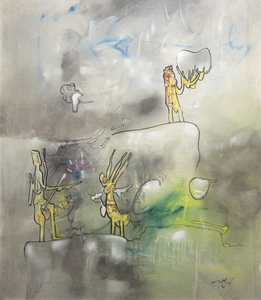
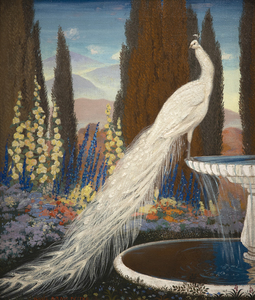
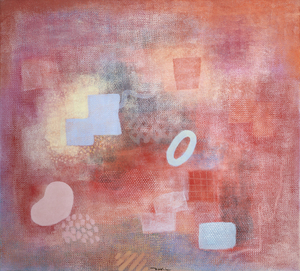





























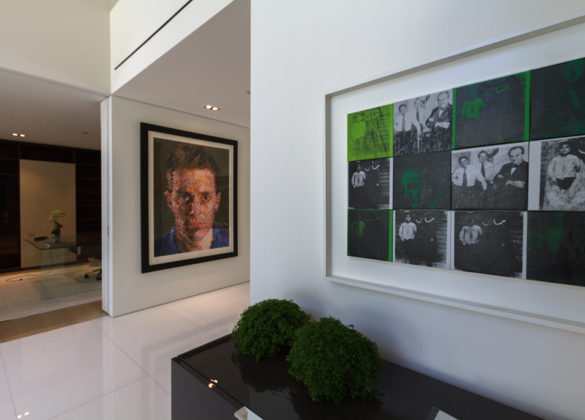
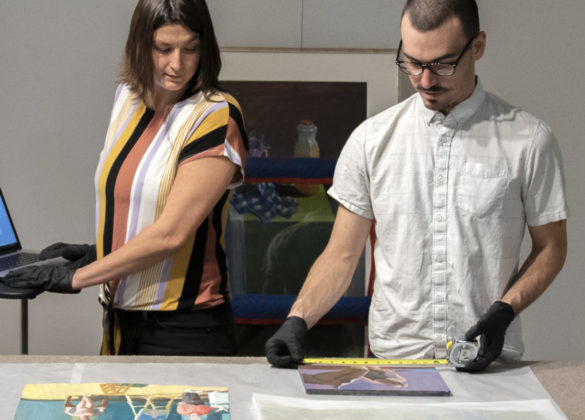

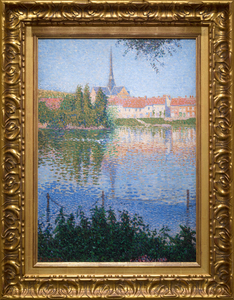
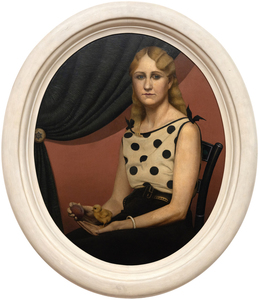
,_new_mexico_tn40147.jpg )
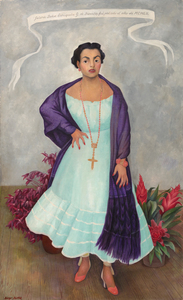
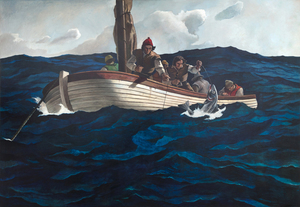
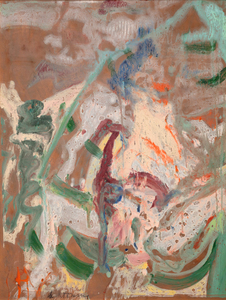
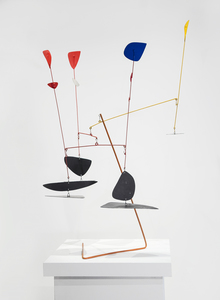
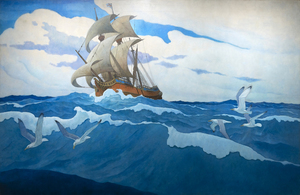
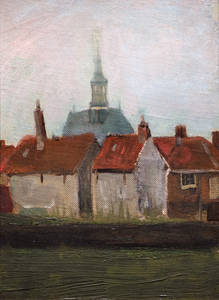
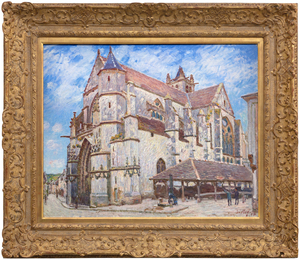
_tn45742.jpg )
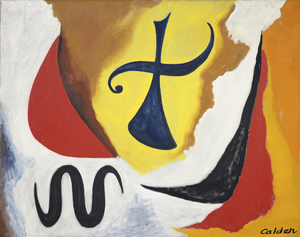
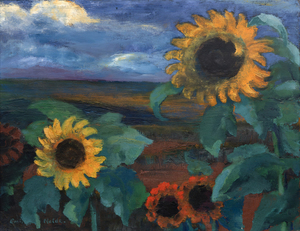
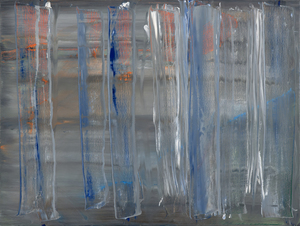
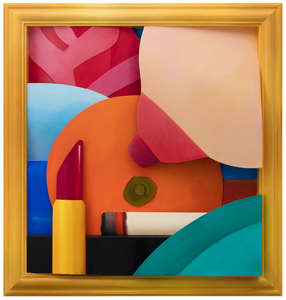
_tn45734.jpg )
_tn45731.jpg )
_tn45741.jpg )
_tn43950.jpg )
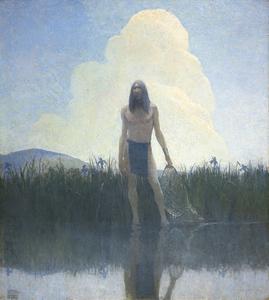
_tn45739.b.jpg )
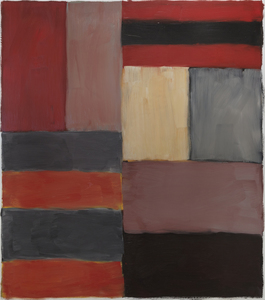
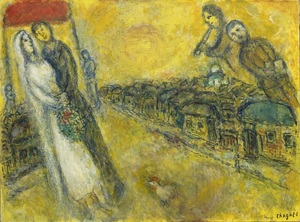
_tn45733.jpg )
_tn40169.jpg )
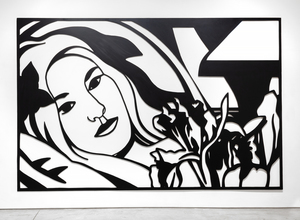
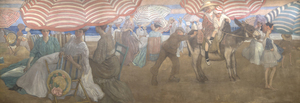
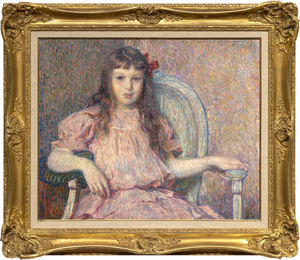
![SIR WINSTON CHURCHILL-View of Loch Choire (C 51) Painted while staying at Dunrobin Castle, the estate of the Duke of Sutherland, Churchill chose to set his easel behind a tree where he likely thought of it as a framing device, adding a layer of depth, creating a stronger sense of foreground, middle ground, and background, enhancing the three-dimensionality of the picture. Churchill painted at both Dunrobin as well as the Duke’s Sutton Place estate, later the home of John Paul Getty.<br><br>As Mary Soames describes it in her book, Winston Churchill, His Life as a Painter, “1921 had been a year of heavy personal tidings” for Churchill and his family, as he lost both his mother, Jennie Cornwallis-West, and his beloved child, Marigold, aged nearly four. In a letter to his wife Clementine, Churchill wrote, “… Many tender thoughts, my darling one of you and yr sweet kittens. Alas I keep on feeling the hurt of the Duckadilly [Marigold’s pet name].” That Churchill chose to stay with the Duke and Duchess at Dunrobin just after Marigold’s death speaks to their close friendship and his fondness for the area, including Loch Choire. It is no surprise that Churchill gifted the painting to the Duke of Sutherland](/Art_Images/Small/sir_winston_churchill_view_of_loch_choire_(c_51)_tn45743.jpg )
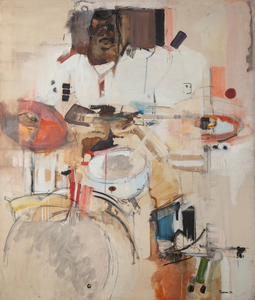
_tn45732.jpg )
_tn27035.jpg )
_tn45736.jpg )
![SIR WINSTON CHURCHILL-The Library of Sir Philip Sassoon's House at Lympne (C 19) Churchill counted as both a friend and political ally, Phillip Sassoon – one of Britain's great hosts, cousin of famed poet Siegfried Sassoon, and the man upon whom Noël Coward crowned "a phenomenon that will never recur”. Sassoon and his sister Sybil were among Winston and Clementine’s great friends. As described by Lady Soames in her book, “Philip Sassoon was a man of charm and distinction, and he dispensed princely hospitality to a brilliant and varied circle of friends at his two country houses, Port Lympne and Trent Park. He made a remarkable collection of works of art. Winston received much help and encouragement from Sassoon, and painted many pictures of both his house and gardens. One of the ways in which Winston taught himself to paint was by copying pictures he admired. With his large and varied collection, Sir Philip was able to be of help in this way, too, and Winston studied and copied quite a number of his friend’s pictures. Sassoon was a friend and patron of John Singer Sargent, and owned many of his works. Winston admired several of these, and found them highly instructive; in 1926, [less than two years before this painting was created] Philip Sassoon wrote Winston this note, which accompanied a generous present and a helpful loan:<br><br>My dear Winston,<br><br>You have often admired the picture of John Lewis Brown of the two horsemen that hung at Trent, so I am sending it to you with my best wishes in the hope that you find a corner for it at Chartwell. I am also sending th little Sargent picture wh you asked for. He painted it when he was 18!”<br><br>One is struck by Sassoon’s generosity, and can see in later works how his close study of Sargent influenced Churchill.](/Art_Images/Small/sir_winston_churchill_the_library_of_sir_philip_sassoon's_house_at_lympne_(c_19)_tn45745.jpg )
